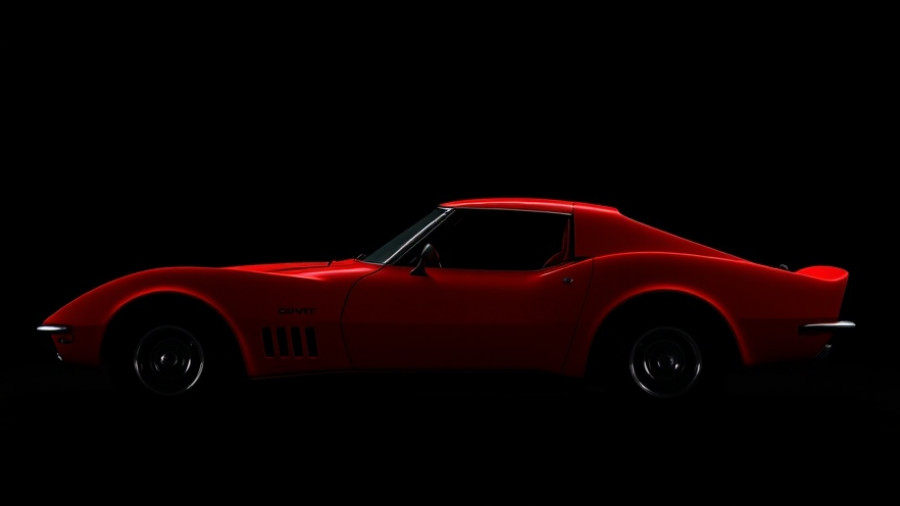
The Rarest Chevy Ever Produced: A Glimpse into the ZL1 Legend
In the world of classic cars, rarity often defines value. Enter the 1969 Chevrolet Corvette ZL1: a testament to automotive engineering and a symbol of exclusivity, making it the rarest Chevy ever produced. While the term "rare" is frequently applied to cars that might only have a few hundred examples on the road, the ZL1’s claim to the title transcends conventional definition. With only two factory-built units known to exist, this car isn’t just rare; it's an automotive unicorn.
What Makes the ZL1 a Marvel of Engineering?
At the heart of the 1969 Corvette ZL1 lies a pioneering spirit born from racing. The ZL1 is powered by an all-aluminum 427-cubic-inch big-block engine, designed initially for Can-Am racing, but made available for use in street cars. This engineering marvel featured heavy-duty internals, open-chamber heads, and a high-lift cam, boasting an original output of 430 horsepower—though many enthusiasts assert its true power is closer to 560 horses. The ZL1's lightweight design, a full 100 pounds lighter than its iron-block counterpart, enables astonishing performance capabilities.
The Price of Exclusivity: The ZL1's Impact on Muscle Car Culture
While the ZL1’s engineering prowess was impressive, its $4,718.35 price tag (on top of the base Corvette price) quickly frightened away potential buyers. This hefty cost limited its production to just two pristine examples that were documented, one of which was the Monaco Orange convertible and another rumored to be a yellow coupe. These cars became holy grails for collectors, with some estimates placing their auction values at around $3 million, particularly for the unique convertible.
A Collector's Dream: The Unique Status of the ZL1 Corvette
What makes a car like the ZL1 transcendent in the eyes of collectors? The sheer exclusivity elevates it to a status akin to folklore within car enthusiast circles. With such limited production, each ZL1 carries a mystique that captivates both the general public and collectors. The ongoing narrative around these vehicles highlights how they are not just cars but remarkable pieces of automotive history.
Performance Figures that Impress Even Today
The performance levels achieved by the ZL1 resonate through time. In its prime, the ZL1 was clocked at quarter-mile times of around 12.1 seconds at close to 116 mph. These figures not only exemplify late-1960s innovation but also represent a peak in muscle car performance that remains a benchmark for newer generations. In fact, some restored ZL1 units have reportedly made it into the low 11-second range, demonstrating their enduring capability on the racetrack.
Lessons from the ZL1: The Importance of Innovation
The legacy of the 1969 ZL1 Corvette serves as an enduring reminder of the heights of automotive engineering. It emphasizes how pushing the limits of design and technology could yield automotive masterpieces. From its all-aluminum construction to its race-bred endurance, the ZL1 illustrates the relentless pursuit of performance and innovation that characterizes the golden age of muscle cars.
Future of the ZL1 Legacy: Beyond Collecting
As the collector market evolves, vehicles like the ZL1 will continue to draw attention not only for their rarity but also for their historic significance. They symbolize more than just investment opportunities; they represent an era defined by performance and engineering breakthroughs. As new car technology emerges—like hybrids and electric vehicles—reviving such classics allows enthusiasts to appreciate the roots of automotive design and performance.
A Final Look at the ZL1's Enduring Allure
In conclusion, the 1969 Corvette ZL1 embodies the pinnacle of muscle car excellence and engineering innovation. As one of the rarest Chevys ever produced, each story attached to it adds to its legendary status. As the markets thrive with new car options promising futuristic power and efficiency, the legacy of the ZL1 will continue to resonate—a reminder of when performance took precedence over comfort, and rarity was defined not by numbers but by the passion behind its creation.
 Add Row
Add Row  Add
Add 




Write A Comment